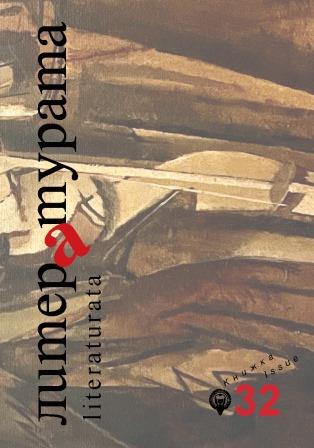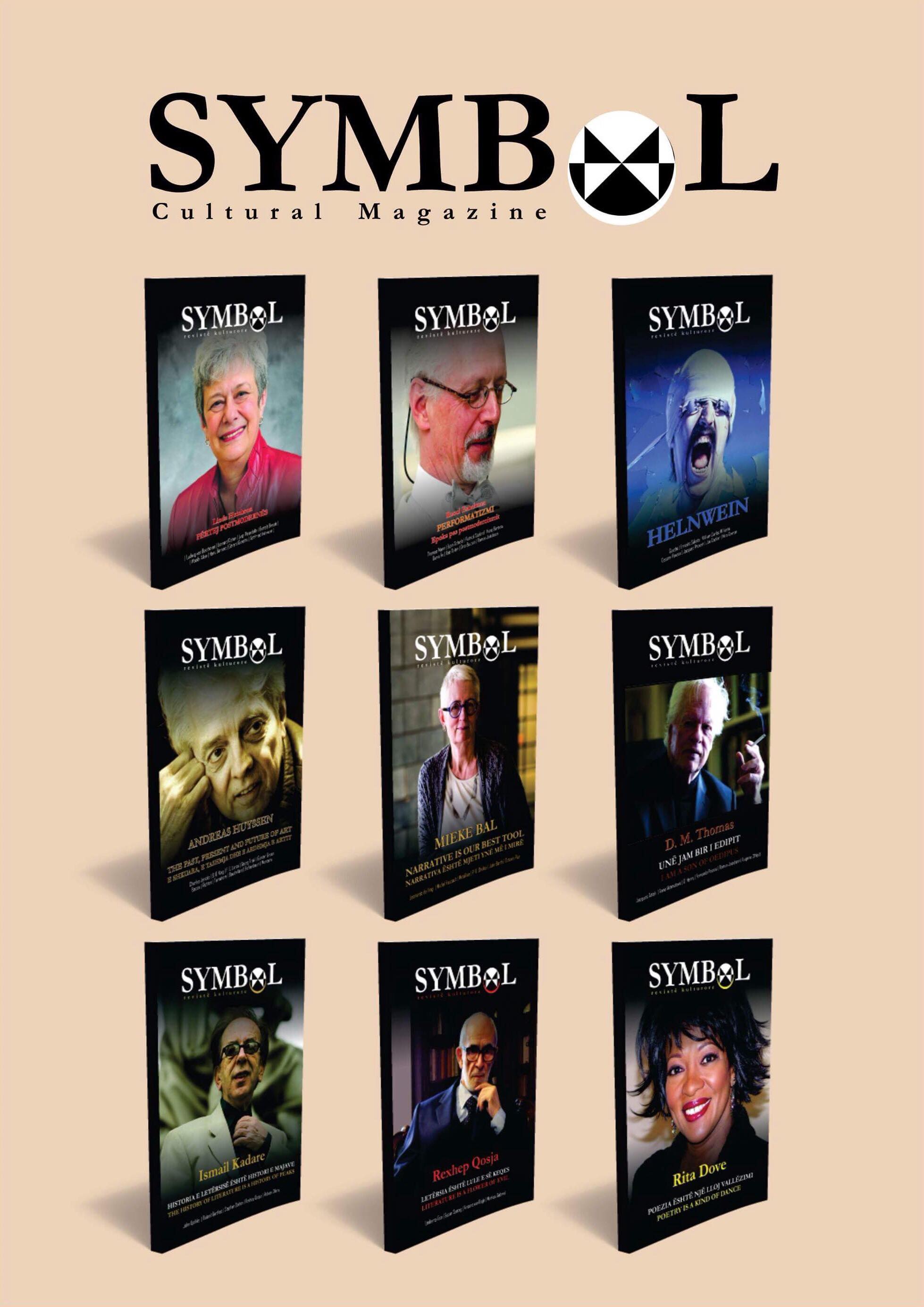
We kindly inform you that, as long as the subject affiliation of our 300.000+ articles is in progress, you might get unsufficient or no results on your third level or second level search. In this case, please broaden your search criteria.




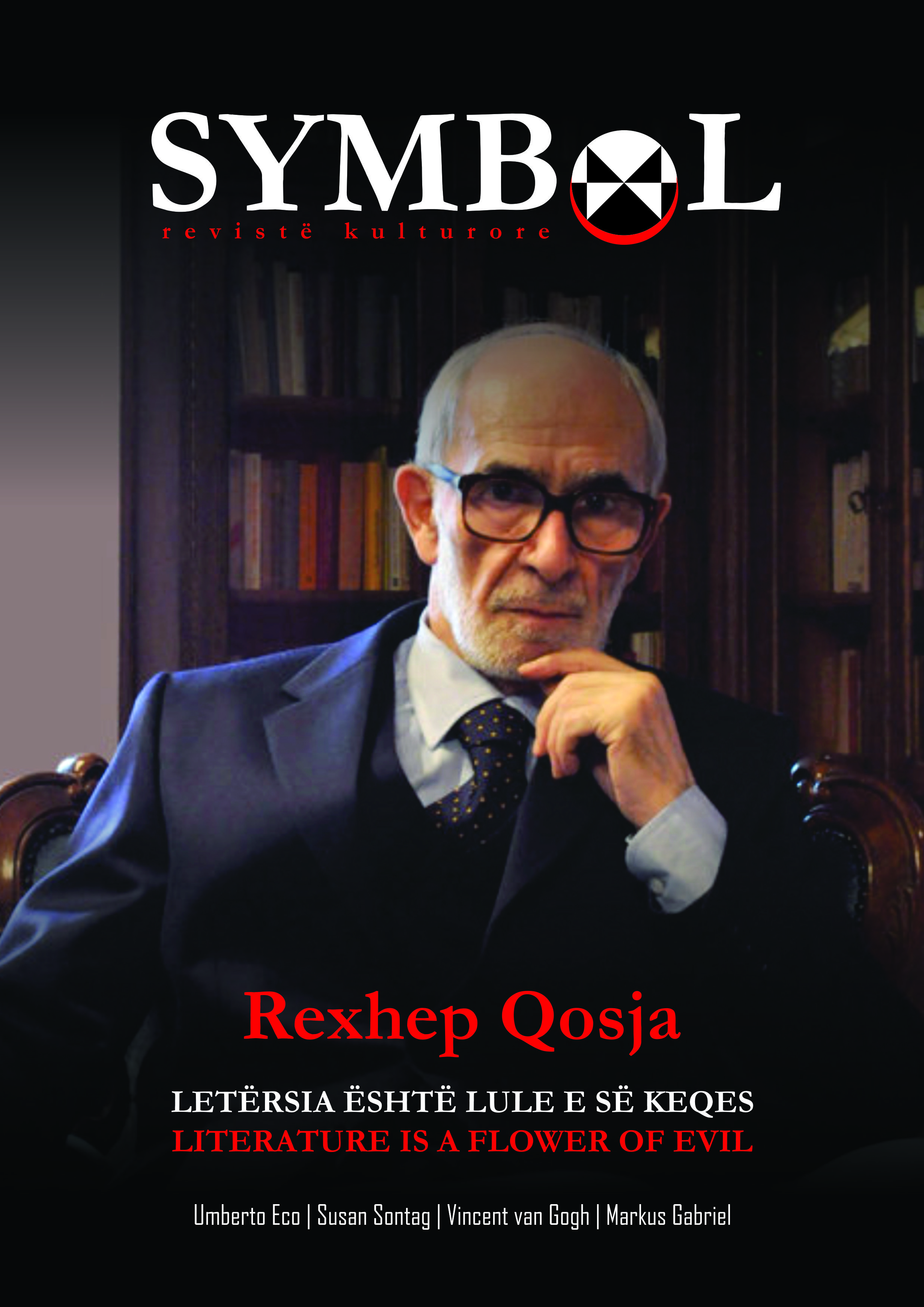
Një nga “përdredhjet” më interesante që kanë ndodhur në ekranizimin e një romani,është ai i filmit "Vdekje në Venecia" të regjisorit Luçino Viskonti. Unë jam nga ata që ipërmbahen mendimit që filmi Gattopardo, i të njëjtit regjisor, është një film që arrin të kapë në mënyrë të përsosur kuptimin e thellë të romanit (madje edhe më shumë se origjinali). Por te "Vdekje në Venecia" ndodh diçka e çuditshme.
More...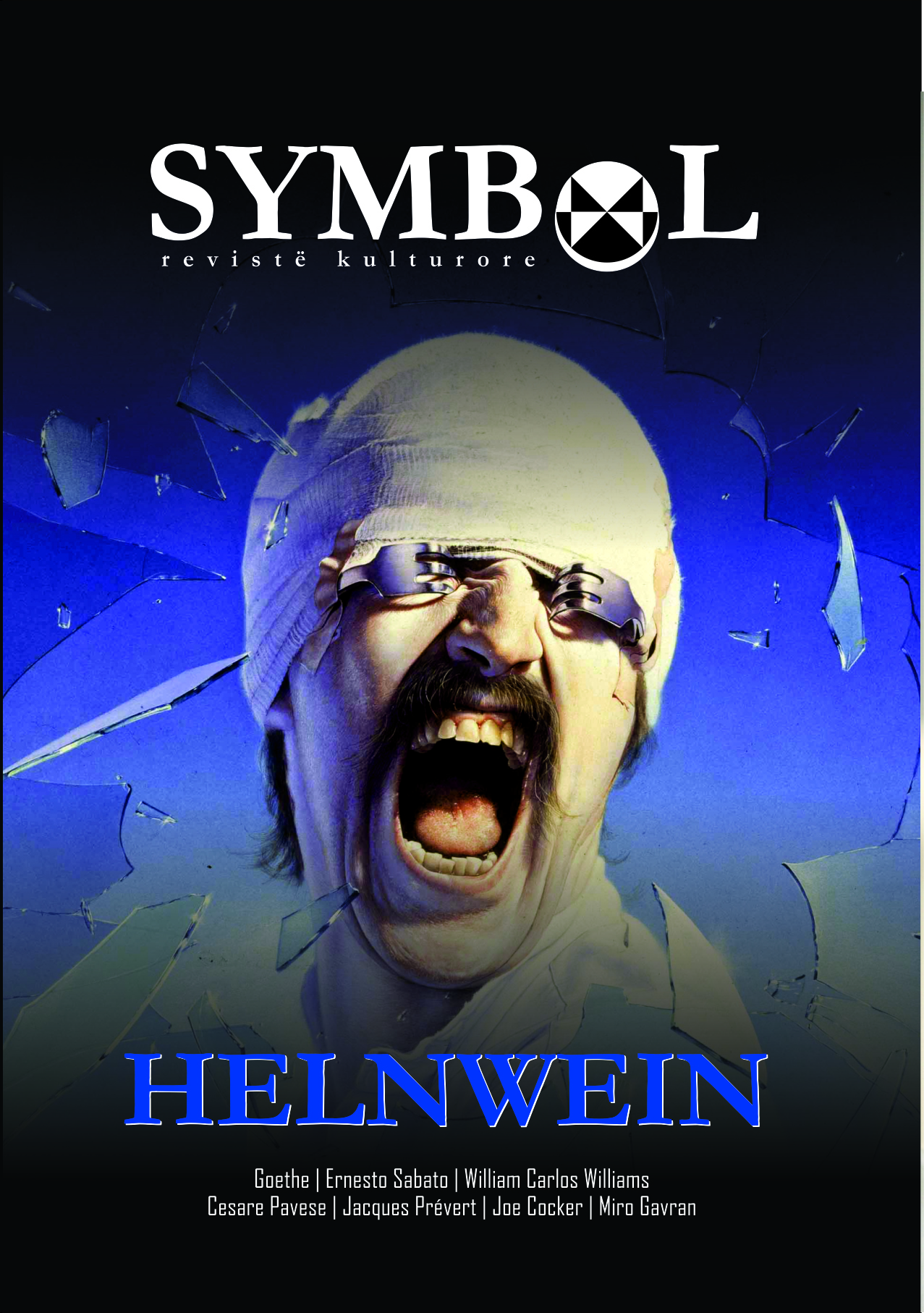
Ismail Kadare (i lindur më 1936 në Gjirokastër, në jug të Shqipërisë), pa dyshim është shkrimtari më i rëndësishëm bashkëkohor ballkanas. Saktësisht para pesëdhjetë vitesh, Kadare e kishte botuar “Gjeneralin e ushtrisë së vdekur”, romanin e tij më të njohur.
More...
Në kontekstin e ndërlikuar të letërsisë shqipe të gjysmës së dytë të shekullit XX në të cilin mplekseshin nga njëra anë miti dhe gjuha e tij e pasur asociative e simbolike, me realitetin e ngarkuar politik e historik u shfaqën poetë, të cilët prezantuan në poezinë shqipe përmasën më pak të pranishme në të dhe ndër më të ndërlikuarat, por më ontologjiket për poezinë: të menduarit filozofikisht, relacionet ekzistenciale dhe metafizike.
More...
This article offers an analysis of the short story Dzhan by Andrei Platonov written in the early 20th century, and the novel The Possibility of an Island by Michel Houellebecq penned in the early 21st century. Genre-wise, both works navigate between utopia and dystopia. The text explores the potential for happiness in conditions of a primordial, pre-modern society (in Dzhan) and in the context of hypermodernity (The Possibility of an Island). The article questions: What happens to the perfect utopian machine and the pursuit of happiness today? Or, how does the absence of desire and imagination, the lack of a lasting yearning for future horizons, as an essential existential aspect of humanity, undermine even the inhuman itself?
More...
The essay analyses the dystopian dimension of the framing narrative of the Arabian Nights through the lens of Margaret Atwood’s novel The Handmaid’s Tale, reexamining the heroines’ agency regarding the spatial, temporal and subversive perspectives. It explores the pattern of the night and raises the question of the heroines’ social position and subjectivity through narrative choices and enunciative strategy deployed.
More...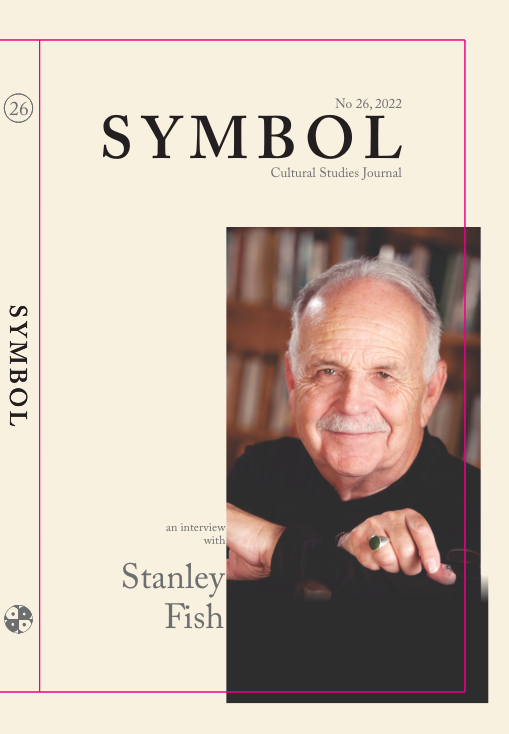
This article discusses the concept of World Literature, coined by Goethe two centuries ago, and since then used all around the world. While it is a famous concept discussed in all universities where world literature is a part of syllabus, in this article it is seen as an attempt to enlarge the map of the literature, especially to speak about the potentialities of the authors of small languages to be part of this umbrella concept.
More...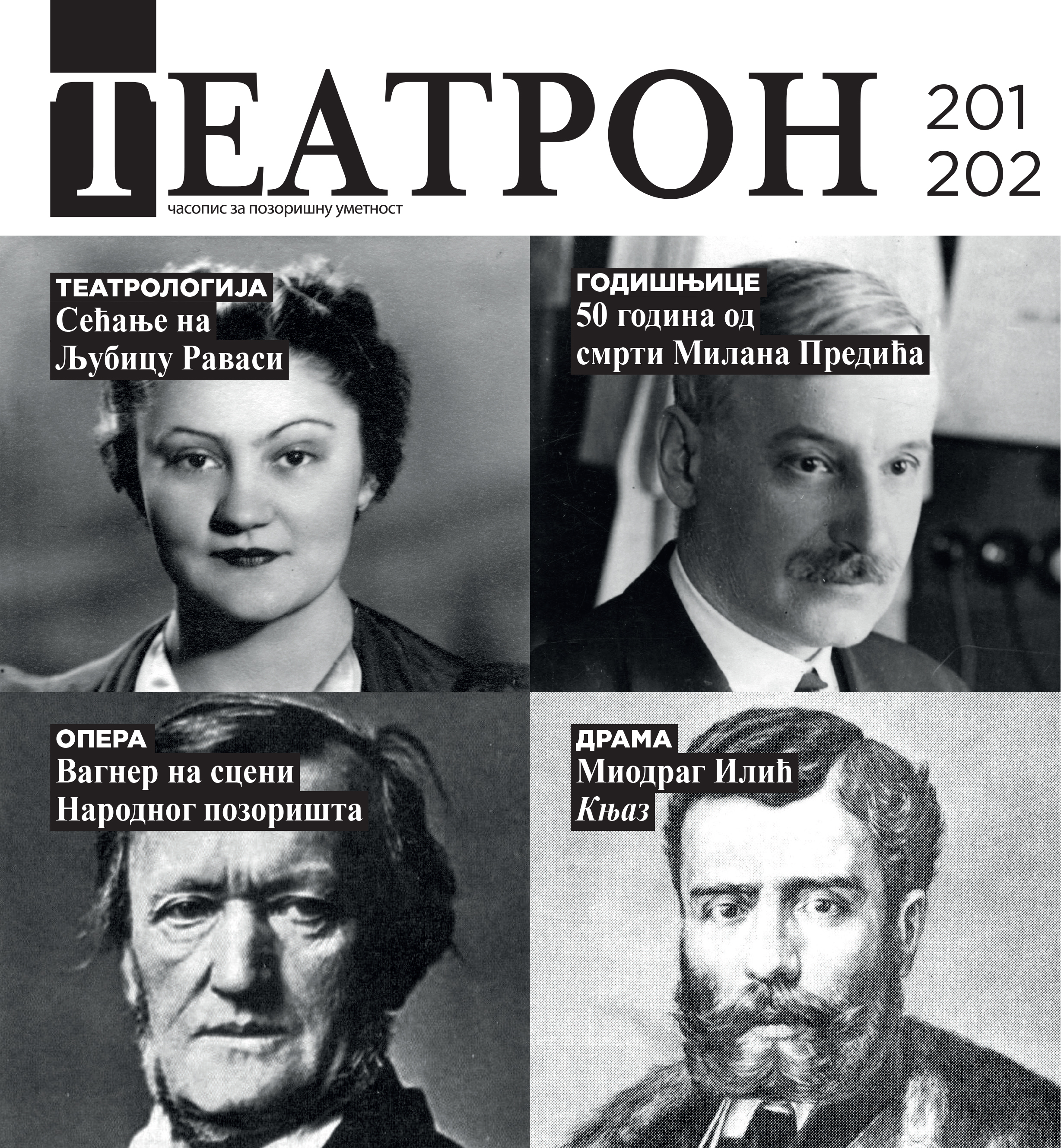
У трећој књизи Изабраних дела Бране Цветковића (I–VIII) објављено је 48 Браниних радова из области драмског стваралаштва према хронолошкожанровском критеријуму. Приређивач Александар Пејчић (који је припремио и остала Бранина издања) дао је предност комедијама, најпре вишечинским, једночинкама и монодрамама. После комедија следе драме, иза којих су једна Бранина прерада и две његове пародије. Сва драмска дела су настала од 1898. до 1929. године. За време живота Цветковић је штампао известан број комада, док је у рукописној заоставштини оставио 121 оригинални драмски текст и 29 прерада и драматизација, као и превода. У овој књизи Пејчић је свих 48 текстова обележио годинама њихових настанака. Ова књига од 828 страница садржи још и критичке напомене објављених дела (с варијантама), податке о изведеним представама (театрографија), поговор (У позоришту код Бране) и више додатака (међу којима је библиографија).
More...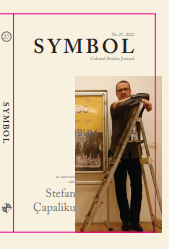
In this study, Robert Elsie writes about Kosovo, its culture, and literature by giving impressions on this country and time. Thus, he describes this country’s political and cultural context and tries to find the distinctive signs of the Kosovar identity related nationally to the Albanian identity but politically separated from it.
More...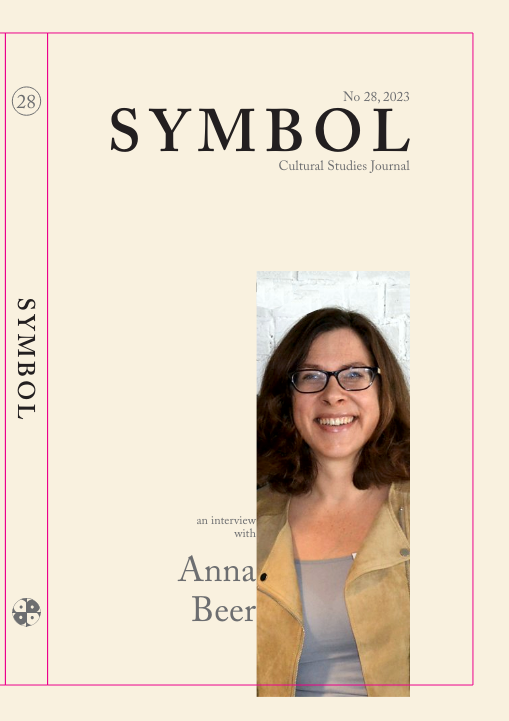
In this paper, Robert Elsie has made an overview of Albanian literature from the beginning to the end of the 20th century. This is mainly an evidence of the birth, development, and transformation of literature throughout five centuries, mentioning and commenting the most important authors and works.
More...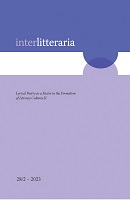
In this article, the author uses the theory of intertextuality (Julia Kristeva, Gérard Genette, Marco Juvan) to analyse reflections on the openness of cultural identity and Europeanness in Sigitas Geda’s (1943–2008) poetry and his commentaries. The objective is to discuss how resistance to Soviet ideology could be constructed in mythological and world-literary contexts. Johann Wolfgang von Goethe’s vision of the universality of World Literature has remained important in Geda’s work. The Lithuanian poet adopted and applied it in his work by creating a mythological foundation as a unifying universal, a synthesis of Lithuanian and various national cultures. In this way, he conveyed a deeper sense of European identity, coming from the intertexts of modern World Literature (especially the poetry of François Villon, Johannes Bobrowski, Rainer Maria Rilke, and Paul Celan). Geda freed the imagination of a reader constrained by the Soviet occupation and directed it towards the universal world.
More...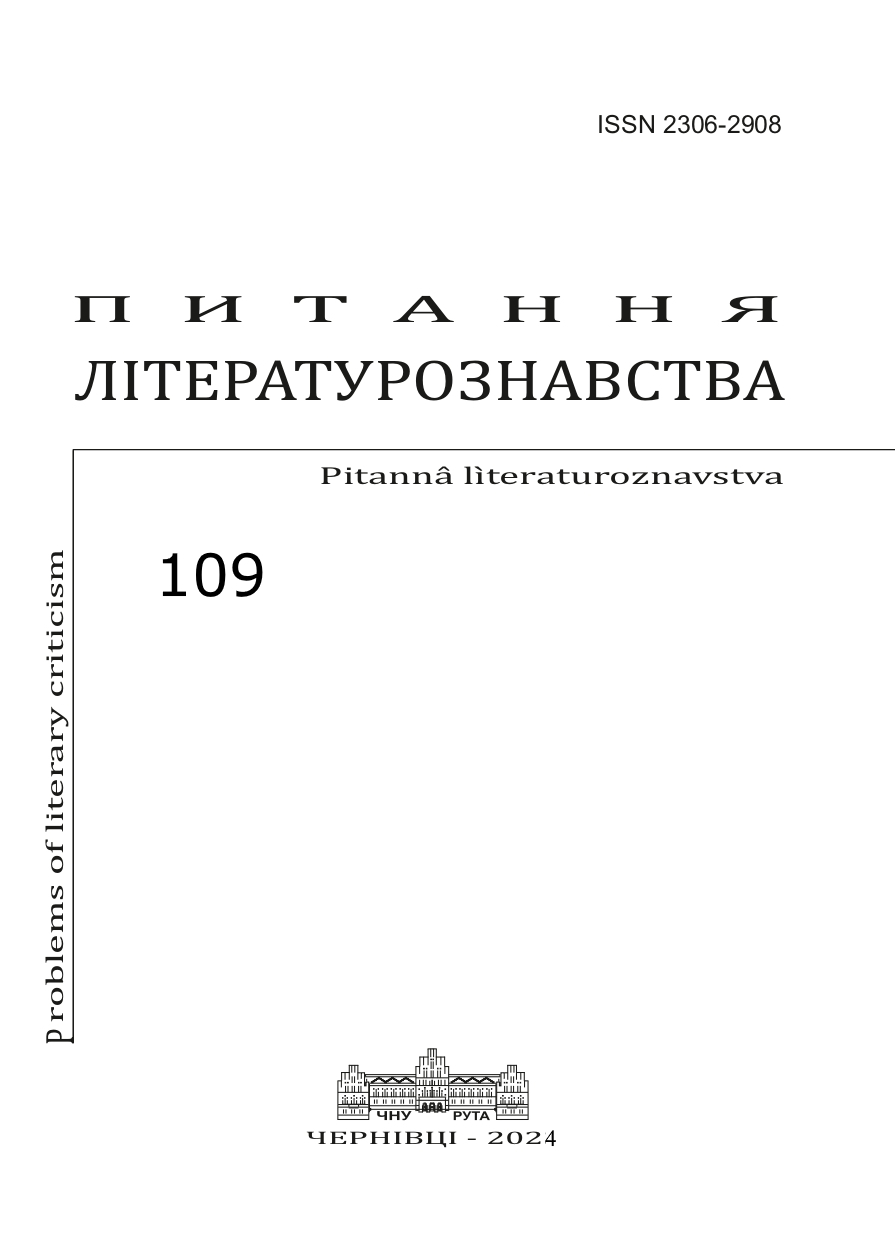
This article meticulously examines the semiotic aspects of the contemporary televisual adaptation of I. Nechuy-Levytsky’s story “Kaidash’s Family”, directed by N. Vorozhbyt. It outlines the intricate specifics of the adaptation process against its historical backdrop, with particular focus on the temporal shift to the modern era (2010–2014) and subsequent thematic reinterpretations. The semiotic ramifications interwoven into the translation of literary language and the visual lexicon of the film have been scrutinized. Through a comprehensive analysis of narrative structure, thematic motifs, and ideological reconfigurations, the transformation and reinterpretation of semiotic signifiers from a literary source into a cinematic medium are elucidated. The adaptation strategically diverges from the original literary source, skillfully introducing new thematic elements such as rampant consumerism, rural unemployment, and a crisis of cultural identity. This transformative process entails the nuanced decoding of literary signs into visual and auditory realms, wherein cinematic techniques are employed to encapsulate the essence of the original narrative. The intricate intertextual dialogues embedded in the adaptation are also examined, highlighting the adept utilization of audiovisual cues such as motifs from radio news to convey multifaceted layers of meaning to the audience. The portrayal of landscapes and visual elements in both iterations is juxtaposed to discern subtle disparities in the depiction of the Ukrainian countryside. It is concluded that the creative ethos of the adaptation hinges on cross-mediality and the synergistic interaction of artistic mediums, engendering a synesthetic experience for the audience. By adeptly navigating the intricate interplay between literary and cinematographic signifiers, the screen adaptation adeptly reshapes the narrative landscape for modern viewers, while preserving the essence of I. Nechuy-Levytsky’s original work.
More...
The subject of scientific research is a comparative analysis of the British and Ukrainian women writers short stories from the perspective of the interaction of literature and music in the period of modernism. This approach involves considering music as an expression of the specific modernist worldview of writers, passed through the prism of the inner “Self” of the female personality. It is based on the literary analysis of the works of V. Woolf “String Quartet”, K. Mansfield “The Singing Lesson”, “Weak Heart” and “Spring Pictures”, D. Vikonska “Polonaise D-moll Chopin (op. 71, No. 1)”, “Prelude of fis-dur No. 2, Vasil Barvinsky”, “Music” and I. Vilde “Pianist”, “Oriental Melody” and “Bizarre Heart”. The study of the phenomenon of musicalization of prose, based on the concept of the famous intermedialist W. Wolf, allows us to identify various forms of its presentation. In the content aspect, we can talk about the presence of two varieties of thematization of music in mentioned literary texts: intra- and paratextual thematization. In the structural aspect, all three forms of imitation are represented: verbal music; imaginary content analogy, expressed mainly in the associative imagery of water (love); a formal and structural analogy, presented as an imitation of musical macroforms (quartet and fuget) and microforms (compositional technique of polyphony). A notable feature of this study is the discovery of original creative parallels in the poetics of modernist women writers – simultaneously at the intersection and within the national literatures. Imaginary content analogies are related to the writing style of Ukrainian and British women writers – D. Vikonska and V. Woolf, as well as I. Vilde and K. Mansfield; the imitation form of musical microforms reveals the internal stylistic similarity of both British and Ukrainian literatures: amplification constructions in V. Woolf and K. Mansfield writings, on the one side and syntactic modifications of key reference lexemes in D. Vikonska and I. Vilde, on the other side.
More...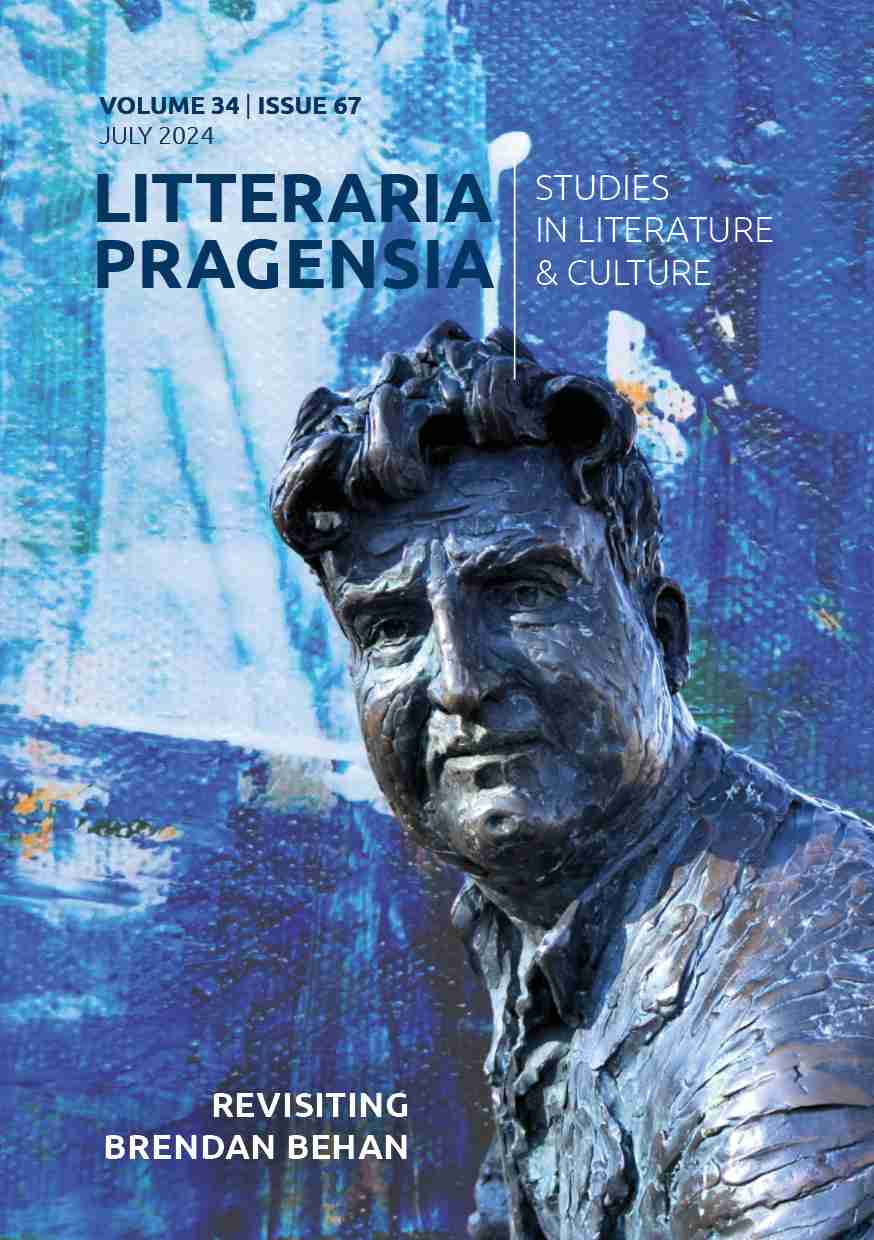
The article explores Behan’s journalistic output in Irish as well as the role of Irish in his English articles for The Irish Press, published between 1951 and 1957. It pays attention to instances of multilingualism, heteroglossia, and hybridity in the corpus, further corroborating the idea of Behan as a fundamentally multilingual writer, who did not entirely abandon Irish even after choosing English as his main artistic medium. This can be also seen from the range of literary references to Irish-language works made in the articles. Behan’s ideological positions are highlighted, including his mistrust of the official use of Irish, his admiration for the Aran Islands, and his keen effort to connect Irish to working-class Dublin and the province of Leinster in general. In a bold move, Behan uses Irish to build bridges not only between Ireland and France, but also between Irish Catholics and Protestants, and ultimately between Ireland and England. The language emerges not merely as a marker of national identity or a remnant of a precolonial past, but as a hybrid interface enabling the author to reach out across various cultural divides.
More...
Brendan Behan played a crucial role in challenging the prevailing rural aesthetic that dominated Irish letters in the 1940s and 1950s. Like Máirtín Ó Cadhain and Flann O’Brien/Myles na gCopaleen, Behan maintained a vexed, and complicated relationship with the Irish language, Irish-language institutions and pressure groups. This essay reconsiders Behan’s relationship with the Irish language and explores some common assumptions to argue that in his life and writing, he successfully and repeatedly challenges and contradicts facile stereotypes and binary opposites about Irish life, culture, and people.
More...
Born only a few years apart, Brendan Behan (1923) and Maeve Brennan (1917) were children of independent Ireland, raised by Republican families on the opposite banks of the Liffey. Although they probably never met – in Dublin or New York – there are fascinating parallels, as well as contrasts, in their biographies and in their writing. This article compares Behan’s and Brennan’s life-writing short prose, published predominantly in The Irish Press (1951-1957) and The New Yorker (c. 1950s-1960s), respectively. Brennan’s contributions to the “Talk of the Town” column under the pseudonym The Long-Winded Lady, as well as a few other autobiographical pieces, are analysed as a counterpart to Behan’s Irish Press column. The essay focuses on three common areas in the selected writing: irony as Brennan’s and Behan’s response to their positions of a female and working-class writer, respectively, their revisiting of personal and collective memories of traumatic moments in modern Irish history, and a socially aware and compassionate chronicling of the lives of ordinary people.
More...